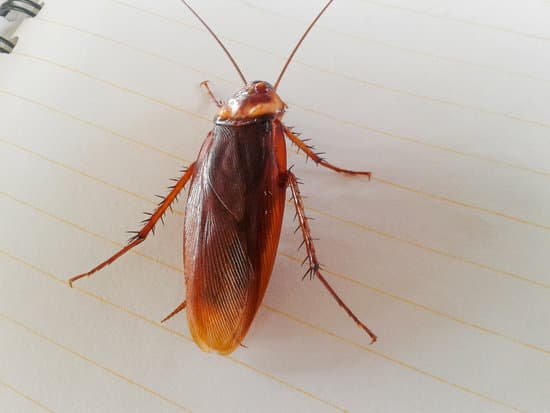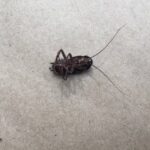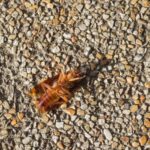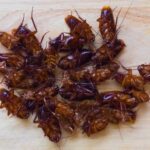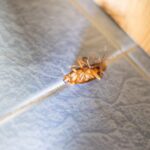The Sensory Organs of a Cockroach
The cockroach has many sensory organs that help it perceive its environment. It has compound eyes on the dorsal surface of its head, known as ommatidia. It can receive multiple images of an object at a time, or mosaic vision, which has a higher sensitivity and low resolution.
It also has a gastrointestinal tract and a muscular esophagus. This elongated and slightly coiled alimentary canal is divided into three parts: the foregut, midgut, and hindgut. The foregut is a muscular tube with six cutical teeth and is separated from the mesenteron by a stomodaeal valve. The midgut contains eight blind hepatic cae, while the hindgut consists of the ileum, colon, and rectum.
The size of the ommatidia varies from species to species, but they can range anywhere from five to 50 micrometres. Some species have rhabdoms as small as one micrometre across. In cross-species studies, the ommatidia are considered “small” when the outer surface is less than 2 micrometres in diameter.
When light enters a cockroach’s eyes at an angle, it passes through a tiny cross-section of photoreceptor cells. This enables the light to reach the pigment cell before it enters its neighboring ommatidium. This characteristic is useful for detecting light, but makes light detection less precise.
